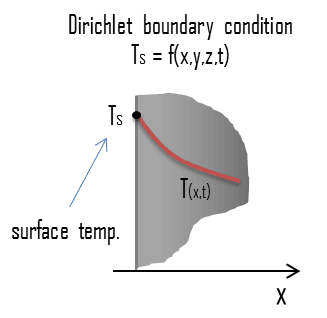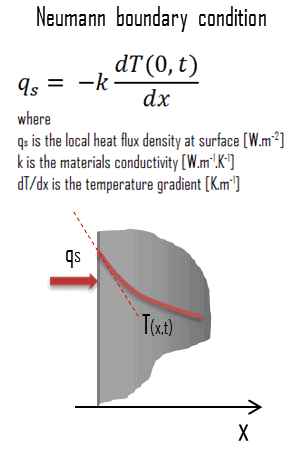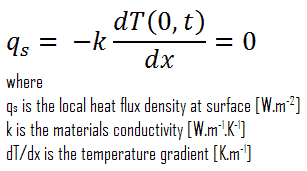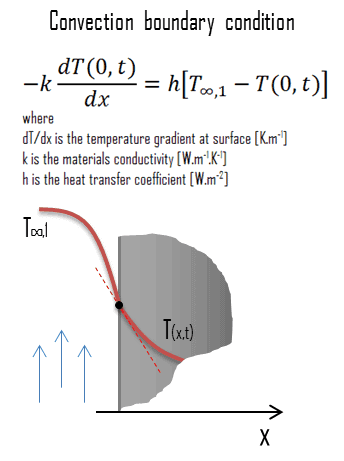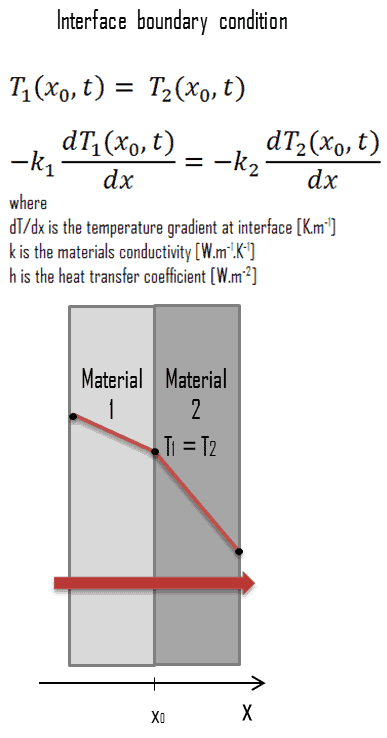Boundary and Initial Conditions
Boundary and Initial Conditions
As for another differential equation, the solution is given by boundary and initial conditions. With regard to the boundary conditions, there are several common possibilities that are simply expressed in mathematical form.
Because the heat equation is second order in the spatial coordinates, to describe a heat transfer problem completely, two boundary conditions must be given for each direction of the coordinate system along which heat transfer is significant. Therefore, we need to specify four boundary conditions for two-dimensional problems, and six boundary conditions for three-dimensional problems.
Four kinds of boundary conditions commonly encountered in heat transfer are summarized in following section:
We hope, this article, Boundary and Initial Conditions, helps you. If so, give us a like in the sidebar. Main purpose of this website is to help the public to learn some interesting and important information about thermal engineering.
